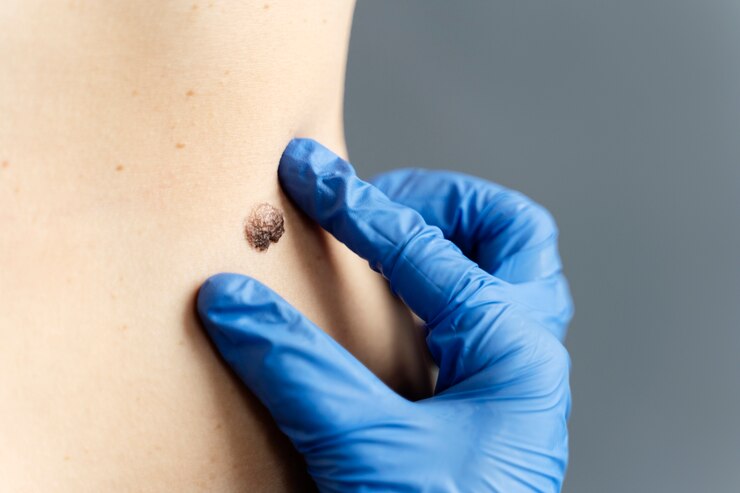Wart Removal

Wart removal is a common procedure to eliminate warts, which are benign skin growths caused by the human papillomavirus (HPV). Warts can appear anywhere on the body but are most commonly found on the hands, feet, and face. There are various methods to remove warts, depending on their size, type, and location, as well as individual preferences.
Here are some common wart removal methods:
1. Over-the-Counter Treatments
- Salicylic Acid: Available in creams, gels, or pads, salicylic acid is one of the most common treatments for warts. It works by gradually softening the wart so that it can be peeled away. You apply the product daily, usually after soaking the wart in warm water.
- Cryotherapy Kits: These home kits freeze warts with a chemical, typically dimethyl ether or propane, to destroy the tissue. This method can be effective, but it often requires multiple treatments.
2. Cryotherapy (Professional Treatment)
- This involves applying liquid nitrogen to freeze the wart. The extreme cold causes the wart tissue to die, and over time, the wart will fall off. This is typically done by a healthcare provider.
3. Laser Treatment
- A laser can be used to target the blood vessels that supply the wart, causing it to shrink and eventually fall off. This is usually reserved for stubborn warts.
4. Electrosurgery (Cauterization)
- In this procedure, a healthcare provider uses a high-frequency electrical current to burn off the wart tissue.
5. Surgical Removal
- In cases where other treatments are not effective, the wart may be surgically removed by cutting it out. This is typically done under local anesthesia.
6. Cantharidin Treatment
- This is a blistering agent applied by a healthcare provider. It causes a blister to form under the wart, lifting it off the skin. The blister usually falls off within a few days.
7. Immunotherapy
- This approach involves stimulating the body’s immune system to fight off the virus causing the wart. It may involve topical medications or injections like interferon.
8. Natural Remedies (with caution)
- Garlic: Some believe that garlic has antiviral properties and can help with wart removal when applied topically.
- Apple cider vinegar: The acidity of apple cider vinegar might help in removing warts over time by applying it directly to the wart.
- Tea tree oil: Known for its antimicrobial properties, it may help with wart treatment, although more research is needed.
When to See a Doctor:
- If the wart is causing pain or discomfort.
- If it’s large or spreading.
- If the wart changes in appearance or becomes inflamed.
- If you have a weakened immune system (e.g., due to conditions like HIV/AIDS or medications like chemotherapy).
